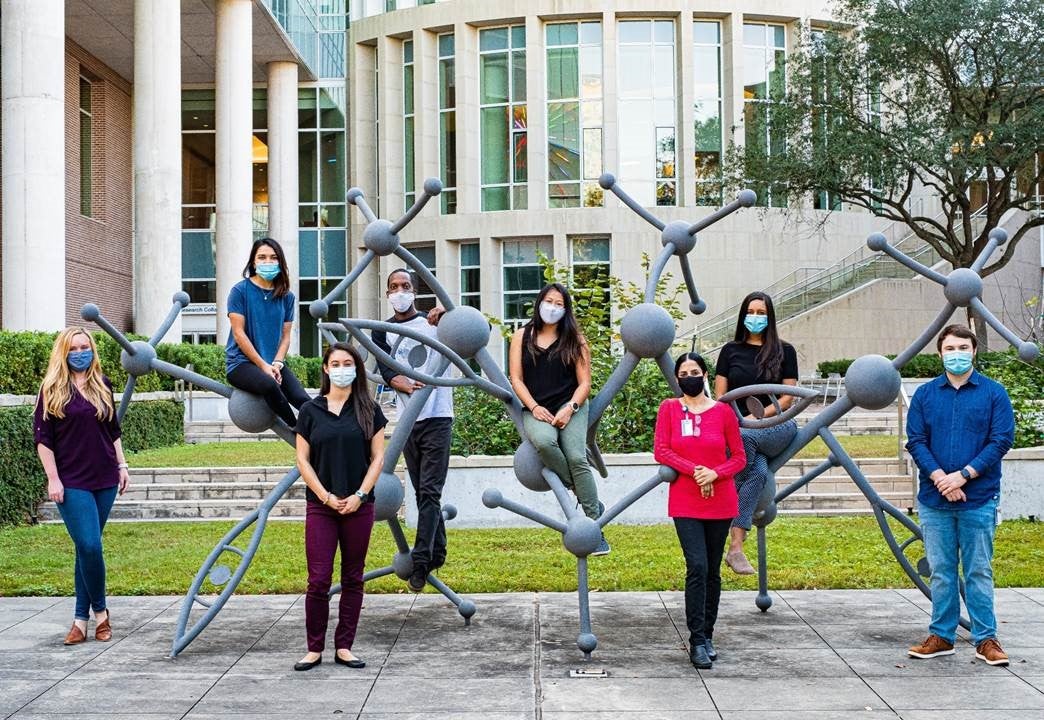How does saliva-based LAMP Covid-19 testing work? How is it different from saliva-based antigen testing? How does it compare to PCR testing?
PCR, LAMP, and antigen testing are three different methods for detecting the presence of a virus, such as SARS-CoV-2, in a sample taken from a person. PCR and LAMP offer more reliable results, whereas antigen testing, often referred to as the “rapid test,” offers quick results. Each test has its place.
The first available Covid-19 tests were PCR tests, considered the gold standard. The PCR method increases the amount of virus-specific RNA (or genetic material) within a sample to detectable levels—referred to as amplification. To achieve appropriate amplification, the sample cycles through multiple temperatures approximately 40 times, which requires specific instruments called thermocyclers. Thermocyclers are costly equipment. PCR also requires specialized consumables, reagents, and techniques to aid in isolating the viral RNA within the sample.
Due to the cost, complexity, and also the scarcity of some of the testing consumables involved in PCR testing, our research team was spurred to find novel, affordable, reliable diagnostic Covid-19 test alternative.
LAMP, the method we use in Rice’s saliva-based Covid-19 test, also works by amplifying the amount of detectable virus-identifying RNA within a sample. However, the LAMP method does not require thermocyclers and the processing of samples is simpler.
A key feature of Rice’s LAMP test that separates it from PCR is its tolerance to what is referred to as sample inhibitors. Sample inhibitors are substances in a sample, such as blood, that interfere with amplification. To overcome the sample inhibitors, in the majority of PCR workflows, the first step is to extract and purify RNA prior to adding it to the PCR reaction. This extraction is laborious and adds to the expense in PCR testing.
Our LAMP test greatly simplifies the overall workflow compared to PCR. With LAMP, we do not extract the RNA, thus eliminating this time-intensive and specialized process. Instead, we add a lysis buffer to the sample to break open the virus to release its RNA. A lysis buffer is a solution that encourages the virus present in the sample to break open and release RNA. Then we heat the sample for 6 minutes. At that point, we can add the sample directly to the LAMP reaction to amplify the RNA. Each step of the LAMP process developed at Rice requires less specialized equipment, know-how, and consumables compared to PCR. And this improves its suitability for resource-constrained situations.
The PCR test also differs from our LAMP test in the collection method. The PCR tests generally rely on nasal swabs, which can be uncomfortable for the person being tested. Also, the sterile nasal swabs represent another consumable that can be in short supply. The saliva-based LAMP test uses saliva provided by the person in a sterile collection tube, removing the need for a supply of swabs and improving the testing experience.
Our decision to develop a Covid-19 LAMP test addressed the need for a reliable test without requiring specialized techniques, equipment, and scarce consumables—and a test that met a demand for a more comfortable sample collection. Rice's LAMP test provides a reliable testing option here in the US where we have occasional disruptions to our supply chain and is also more suitable for low-income countries where resources are constrained.
Did your lifetime of work in low resource settings like Africa and your work with Rice360 play a part in your team’s ability to develop and implement LAMP testing at Rice?
In many ways, designing technologies for resource-limited settings has prepared our team to develop and scale our LAMP test at Rice. In our work, we are guided by developing effective, robust technologies that work well regardless of power supply, user training, or climate control. While we generally are fortunate to have more reliable infrastructure in our Covid-19 LAMP lab in the BioScience Research Collaborative than we do in some of our partner sites, we bring the same design principles to our work. Our technologies, like the LAMP Covid-19 test, need to be affordable, accurate, and robust. More specifically, our team has been working for years on developing low-cost, accurate tests for early cervical cancer, HIV, and sickle cell detection. A lot of the specific skills required for those tests transferred directly to developing a Covid-19 LAMP test. What’s new with this work is scaling up the Covid-19 LAMP test to test a large part of the campus. We learned a lot of lessons about getting a brand new, high-throughput lab up and running in a really short period of time that we will bring back to our work in resource-limited settings as well.
What are the future plans for LAMP testing?
We will continue testing members of our campus community for Covid-19 as long as there is a need to do so. After testing ramps down (hopefully for good!), our team will pick back up on the projects we were focused on before the pandemic to continue to increase access to diagnostic testing for a range of infectious and inherited diseases. The LAMP lab will remain useful to the university for other projects that require high-throughput nucleic acid testing.
LAMP testing is just one example of Covid-19 research that your team (remarkably, a team of mostly graduate students and postdocs) worked on this year. What other Covid-19 research projects is your lab involved with?
Our team, like so many others at Rice and beyond, pivoted to quickly figuring out how we could contribute to ending the Covid-19 pandemic. Besides LAMP testing, we’ve developed a low-cost, open-source instrument that can be used in place of more expensive thermocyclers to run Covid-19 LAMP tests and other nucleic acid tests in settings that only require a lower volume of testing. This instrument costs $250, in contrast to the $40,000 normally required for a commercial thermocycler. We have also developed a UV-powered disinfection system to safely reuse personal protective equipment.
The pandemic has impacted us in many ways, and particularly in the research lab environment. How has your research lab maintained the spirit of collaboration and engagement through remote work?
Much of our team was fortunate to maintain some degree of in-person work throughout the pandemic to develop the Covid-19 LAMP test, which was helpful in joining together toward a common goal. Our team has missed working together in the offices, but we have maintained our weekly meetings and enjoy the appearances of pets and toddlers to brighten our video meetings. We have also established both new and stronger ties with our collaborators during the pandemic, and the excitement of working with strong partners has been key in helping us maintain motivation and focus.
Members of the Richards-Kortum Lab working on Covid-19 research: Rebecca Richards-Kortum, PhD, Mary Natoli, PhD, Kathryn Kundrod, PhD, Megan Chang, Chelsey Smith, Sai Paul, Jackson Coole, Alex Kortum, Yubo Tang, PhD, Imran Vohra, Yajur Maker, Emilie Newsham
COVID LAMP testing team: Dereq Ogoe, Christopher Goh, Akshaya Santhanaraj
COVID LAMP collection site team: Norman Zheng, Parker Towns, Keith McCord, Myles Nobles, Grace Waterman, Prince Alino, Keziah Chow, Brittany Bui
Collaborators on Covid-19 research:
Rice University: Jerusha Kasch, Jessica McKelvey, MD, Tanner Gardner, Kate Abad, Tina Villard, Lisa Basgall, Mark Ditman, Gary Lynn Spears, Hannah Pearce
University of Texas MD Anderson Cancer Center: Kathleen Schmeler, MD; Ellen Baker, MD; Anthony Price; Art Barrera, Jessica Gallegos, Ana Lopez, Cindy Melendez, Keiry Paiz, Mark Munsell; Keyur Patel, MD, PhD
University of Texas Health Science Center: Karen Eldin, MD
New England Biolabs, Inc.: Nathan Tanner, PhD
Axxin Pty Ltd: Nathan Butlin, PhD
For more information, visit the Optical Spectroscopy and Imaging Laboratory website.


